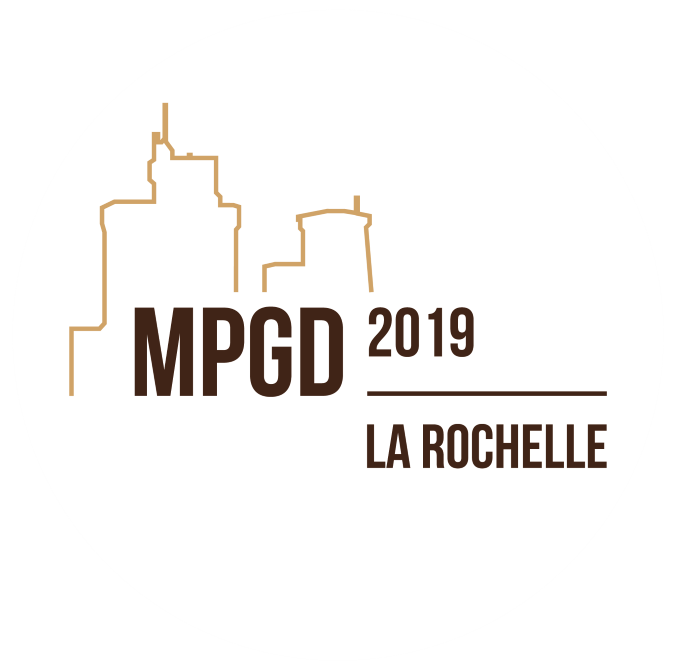Speaker
Description
Diamond-like carbon (DLC) films are a class of metastable amorphous low-dimensional materials characterized by a mixture of diamond-structure with sp3 type C bonds and graphite-structure with sp2 type C bonds at the atomic level. DLC films open up new avenues to make high-performance resistive electrodes for Micro-Pattern Gaseous Detectors (MPGDs) that present numerous attractive properties, such as excellent mechanical performance, chemical inertness, thermal stability and a large range of electrical resistivity. The DLC resistive electrode not only replace the traditional carbon paste resistive electrode made by screen printing technique to avoid the occurrence of spark between electrodes, but also allow to develop new MPGD structures. In recent research, we have developed a thin DLC film on APICAL substrate with unbalanced magnetron sputtering technology. The sputtering process has been optimized with regards to mechanical adhesion, internal stress and surface resistivity of the DLC coating. A systematical study of the factors affecting the DLC surface resistivity have been investigated, including target power, deposition time, vacuum degree, element doping, and annealing treatment. The results are summarized as follows: (1) the surface resistivity decreases with the increase of the target power and the sputtering time, and appears more stable and uniform at lower target power (0.55kw) with longer sputtering time (40min); (2) the vacuum degree during the sputtering has a significant impact on the surface resistivity: the higher the degree of vacuum, the lower the surface resistivity; (3) hydrogen doping can increase the surface resistivity, probably due to the increase of the sp3 component in the DLC film; (4) after the annealing treatment at 200 degree, the surface resistance decreases to about 1/3 of its original value and stays stable afterwards. We also briefly present several examples of application of the DLC coating in development of MPGDs, including DLC photocathodes for the Picosecond Micromegas detector, resistive DLC electrodes for the μRWELL detector, and high-resistivity DLC coating for “charging-up free” THGEM detectors.
In conclusion, we have developed a manufacturing technique for high-quality DLC resistive electrodes for MPGDs as a result of interdisciplinary research involving both material science and particle physics. Development of DLC resistive electrodes opens up enormous opportunities for innovative development and application of MPGDs.
